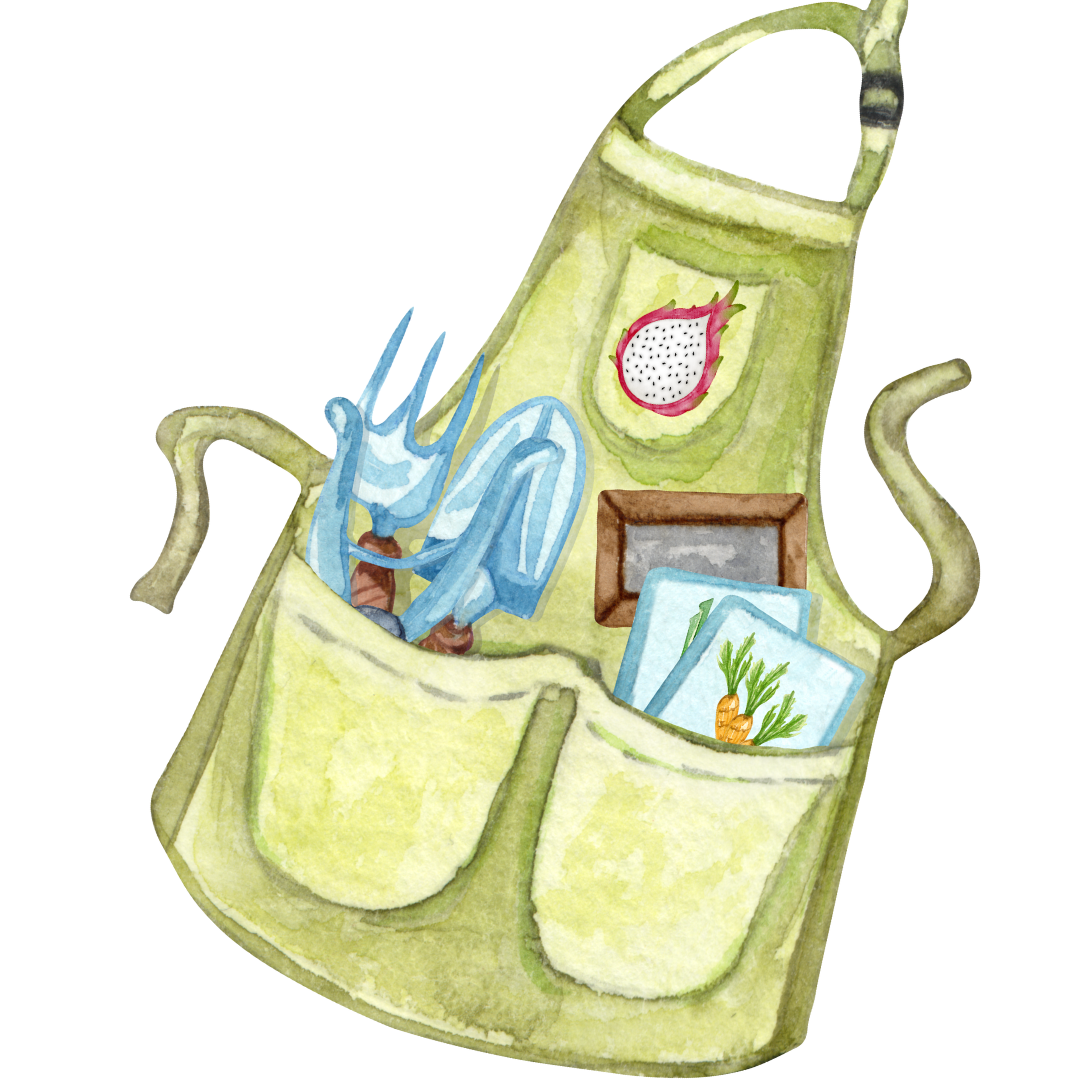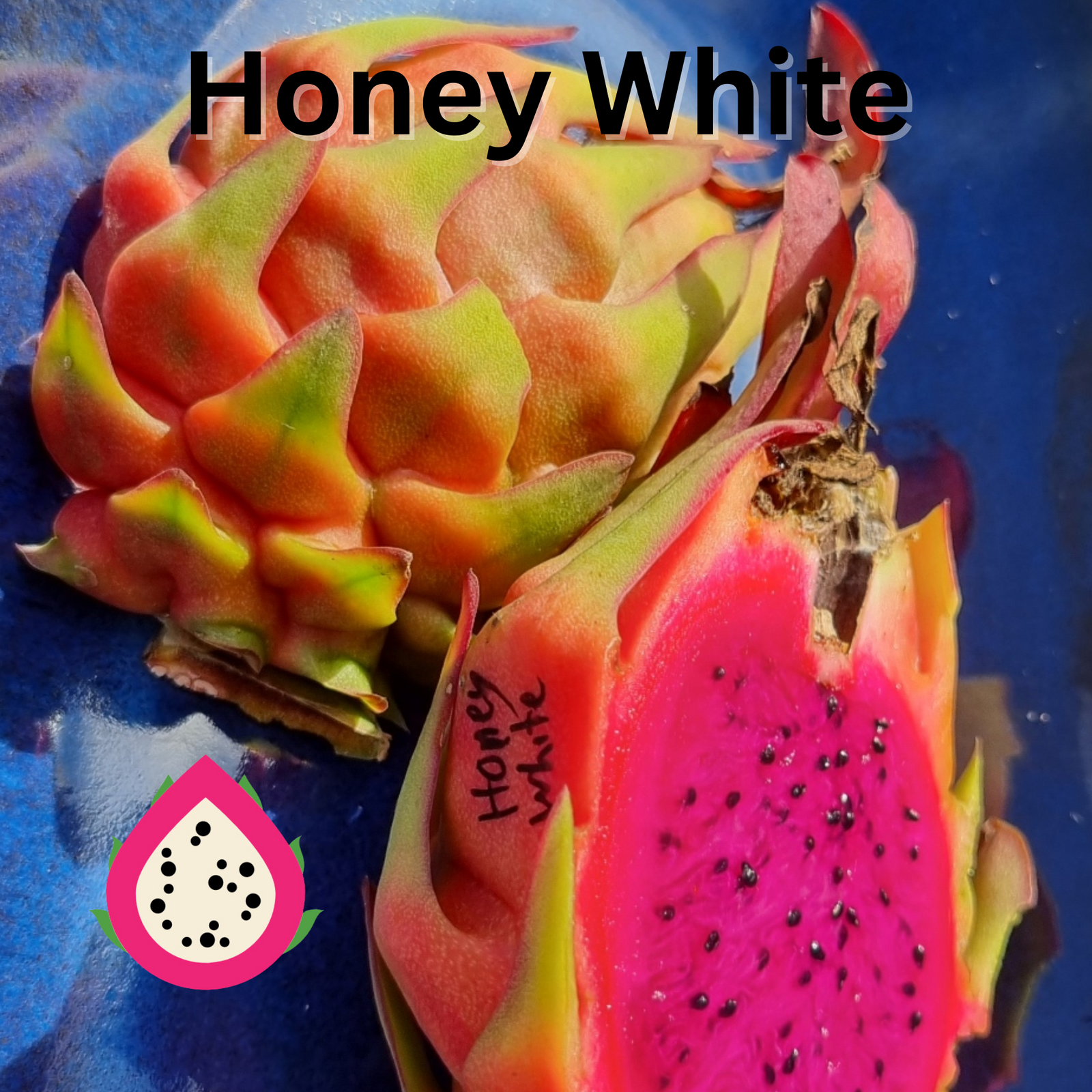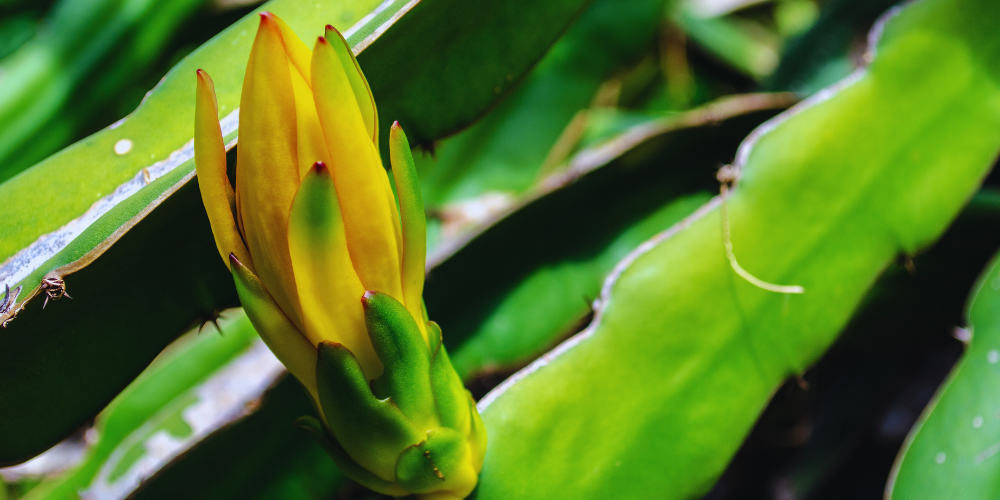Flower drop in dragon fruit can result from a complex interplay of variables, and narrowing it down often requires a bit of detective work. Each factor, whether it's too many flowers per branch, nutrition, watering, pollen type, or even whether the plant is root-bound, can play a role. Let’s dig into those points further:

Too Many Flowers Per Branch:
When a branch has too many flowers, the plant might struggle to allocate resources efficiently, causing some flowers to fall off. Thinning the flowers early (leaving only a few per branch) can help the plant focus energy on developing healthy fruit.
Nutritional Problems:
Dragon fruit plants need a balanced mix of nutrients, especially potassium and phosphorus, for flowering and fruiting.
Over-fertilizing with nitrogen can result in lush growth but poor flower retention. Using a bloom-specific fertilizer can address this.
Watering:
Dragon fruit hates extremes—too wet or too dry. Erratic watering can stress the plant, leading to flower drop. Maintaining consistent soil moisture, especially during flowering, is key.
Type of Pollen:
Some varieties require cross-pollination with a compatible type of dragon fruit. Even for self-fertile varieties, cross-pollination often improves fruit set.
Using pollen from a universal pollinator variety like 'Vietnamese White' can boost success rates.
Root-Bound Plants:
If grown in pots, dragon fruit can become root-bound, restricting its ability to absorb water and nutrients, causing stress and flower loss.
Repotting the plant into a larger container or planting it in the ground can alleviate this.

Pollination Issues:
Dragon fruit flowers are nocturnal and need pollination during the night. If the flower isn't pollinated (e.g., due to a lack of natural pollinators like bats or moths), it will fall off without forming fruit.
Hand-pollination may be required, especially for self-sterile varieties.
Environmental Stress:
Extreme temperatures, particularly cold nights or very hot days, can stress the plant and cause flower drop.
Insufficient humidity can also affect flower retention, as dragon fruit plants thrive in humid conditions.
Watering Problems:
Overwatering or underwatering can lead to stress, causing the plant to drop its flowers. Ensure the soil is well-draining and maintain a consistent watering schedule.
Pest or Disease Pressure:
Insect pests like thrips or diseases caused by fungi or bacteria can weaken the flowers, leading to their fall. Inspect the plant for signs of infestation or disease and take appropriate measures.
Plant Immaturity:
Young dragon fruit plants may produce flowers prematurely, but the plant might not have the energy to support them yet.
Stress from Pruning or Transplanting:
If the plant has recently been pruned or transplanted, it might drop flowers as it focuses energy on recovery.
Combination of Problems:
Often, it's not one single issue but a mix. For example, inadequate pollination coupled with nutrient deficiency or overwatering may exacerbate flower drop.
Observing patterns (e.g., does the flower drop coincide with certain weather conditions, watering, or fertilizing?) can help identify the root cause.
Solutions:
- Observation & Adjustment: Start small by addressing one issue at a time (e.g., hand-pollinate, regulate watering, or thin flowers).
- Soil Check: Ensure it's well-draining and not overly compacted if the plant is root-bound.
- Pollination: Experiment with hand-pollinating using pollen from a compatible or universal variety.
- Branch Management: Prune overcrowded branches to reduce stress and improve air circulation.
- Testing: If you're unsure, soil testing can help fine-tune your fertilizing regime.
When troubleshooting, it’s all about patience and small tweaks until you find the right balance for your plant. Would you like more detailed guidance on any one of these factors?







